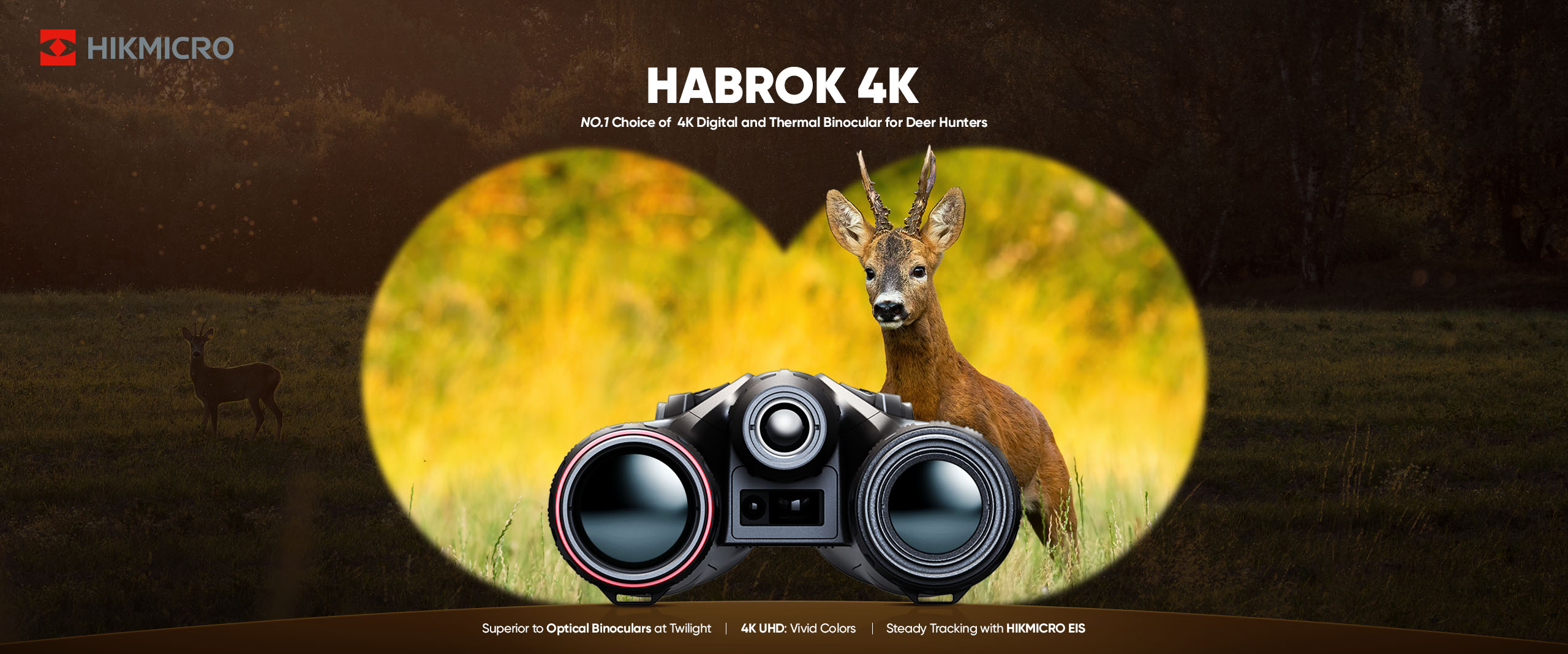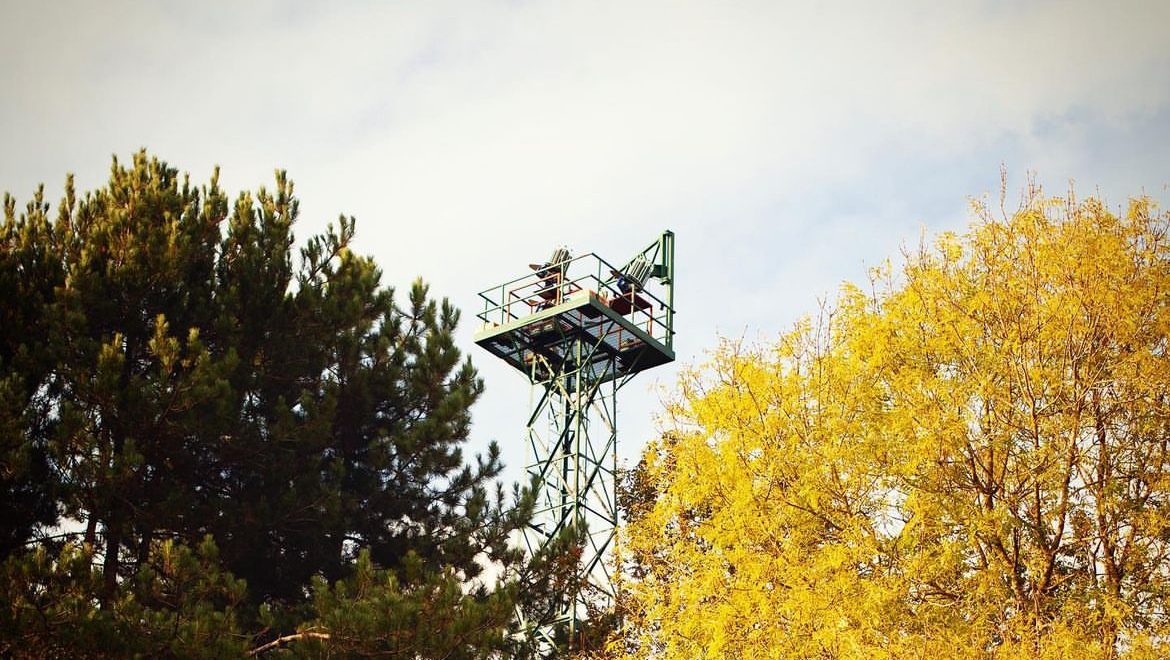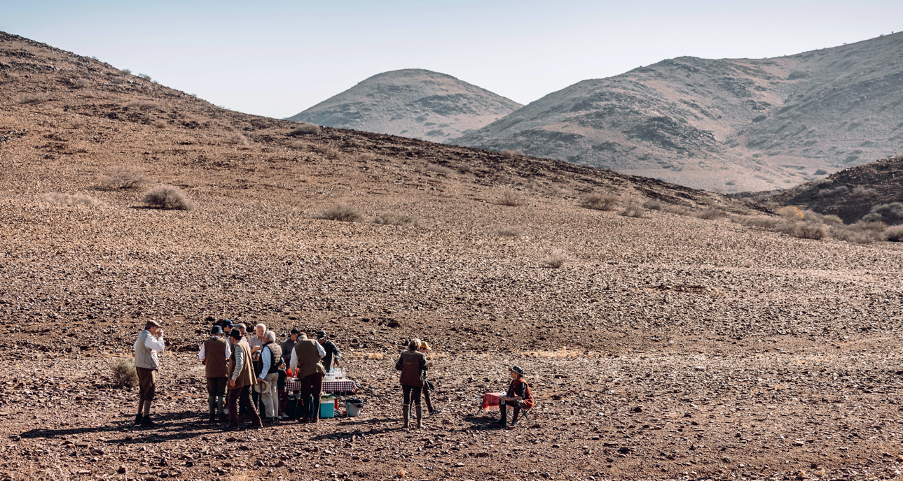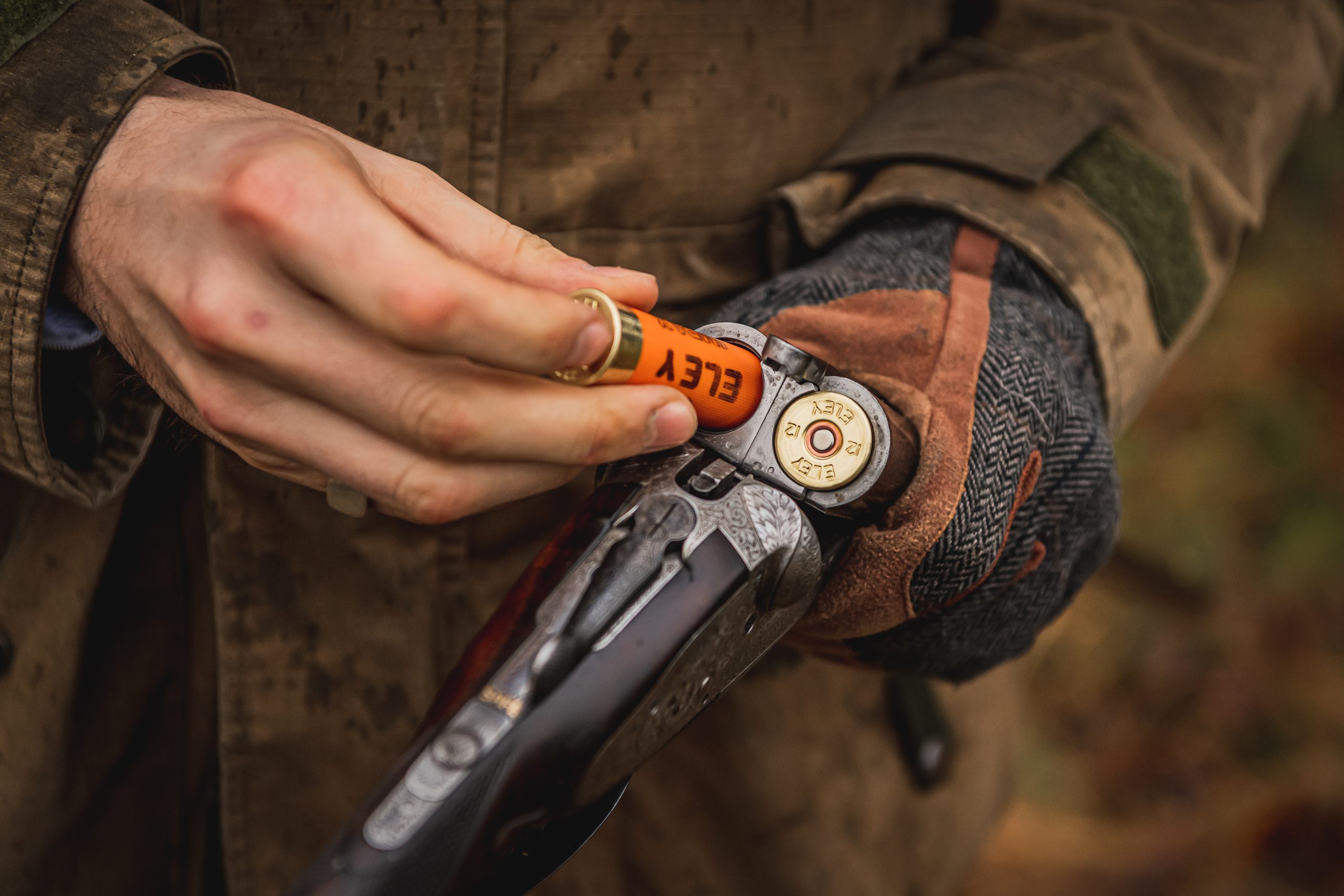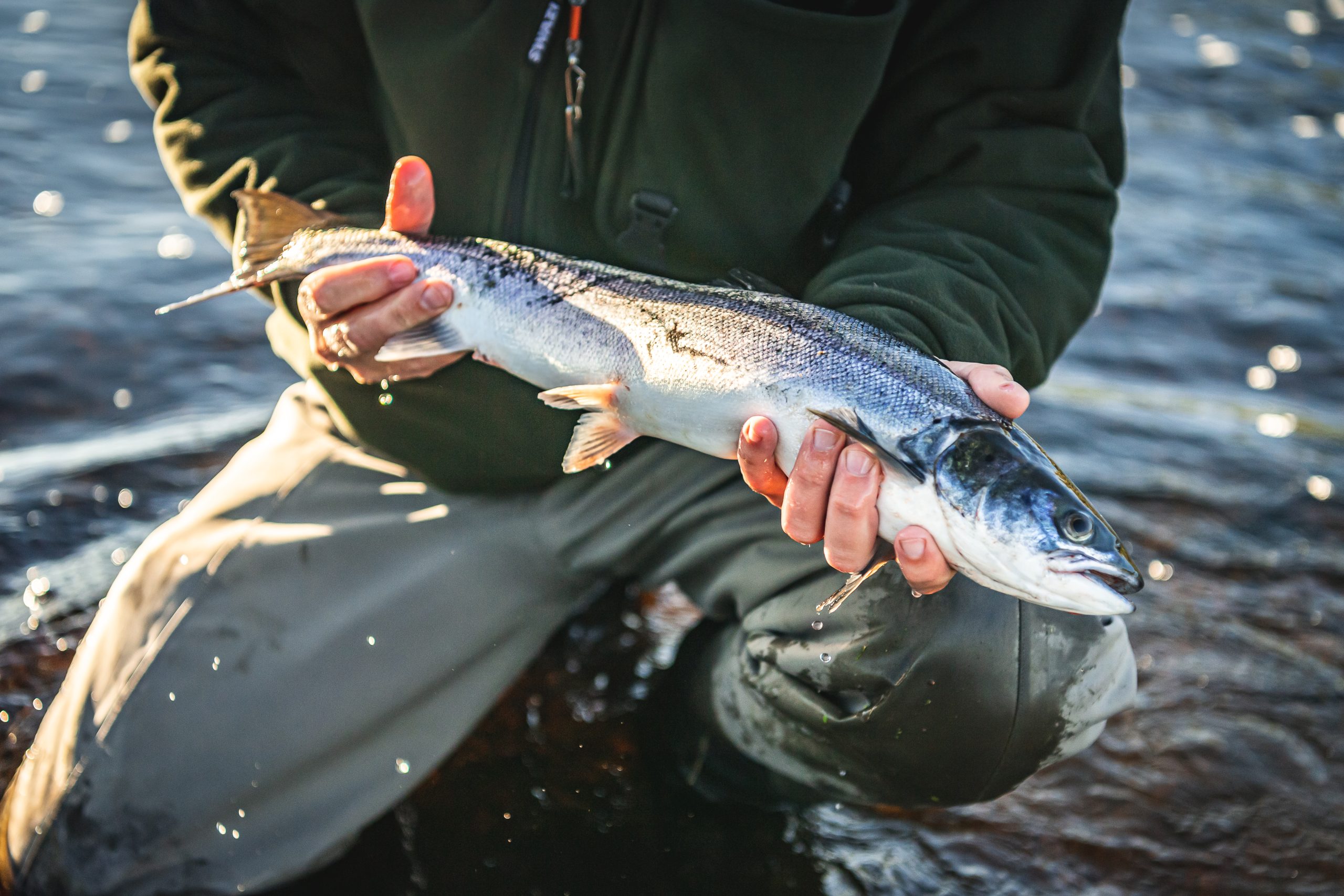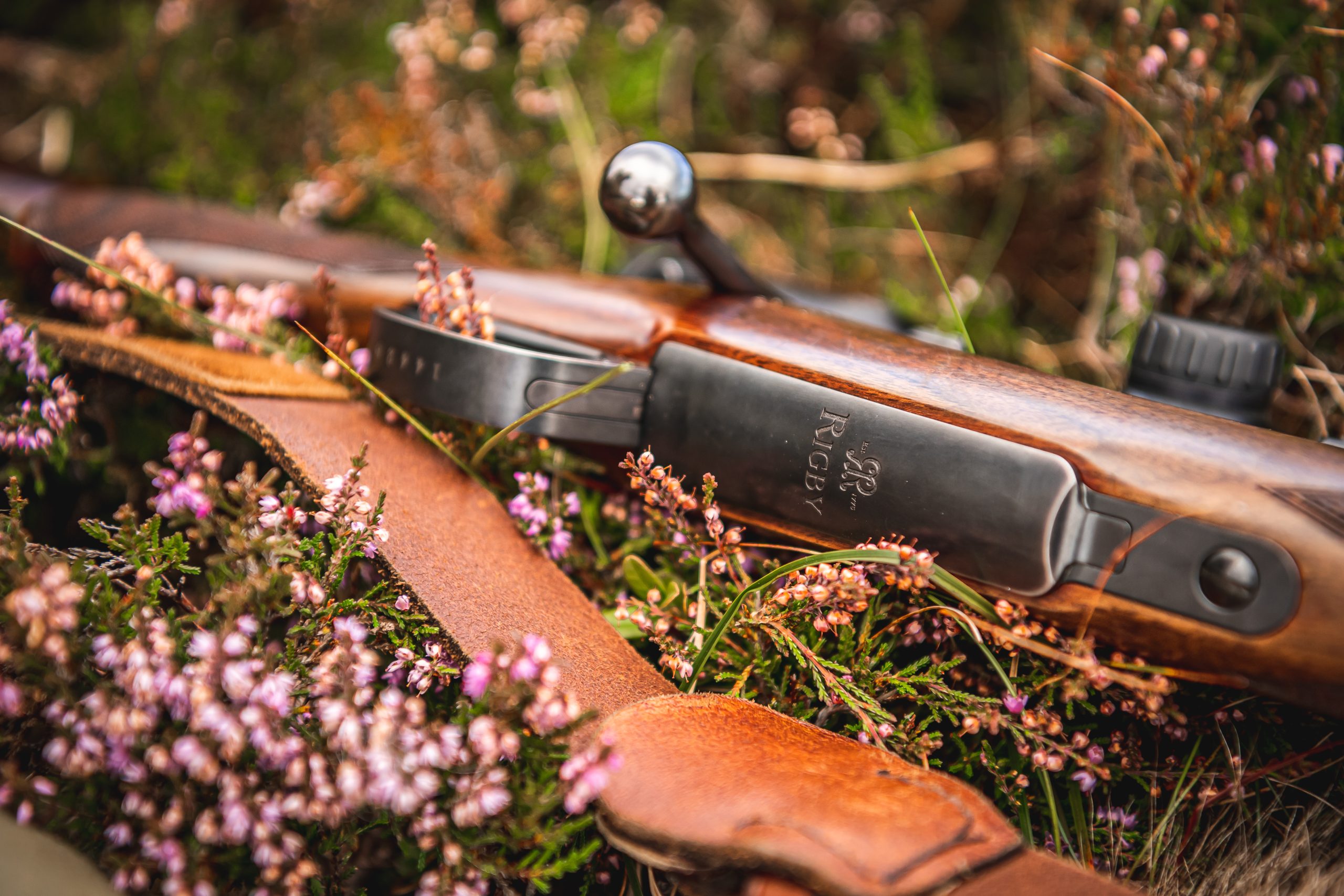Game shooting
To foster or not to foster?
A method of boosting English partridge numbers in a tough breeding year.
Would you like to appear on our site? We offer sponsored articles and advertising to put you in front of our readers. Find out more.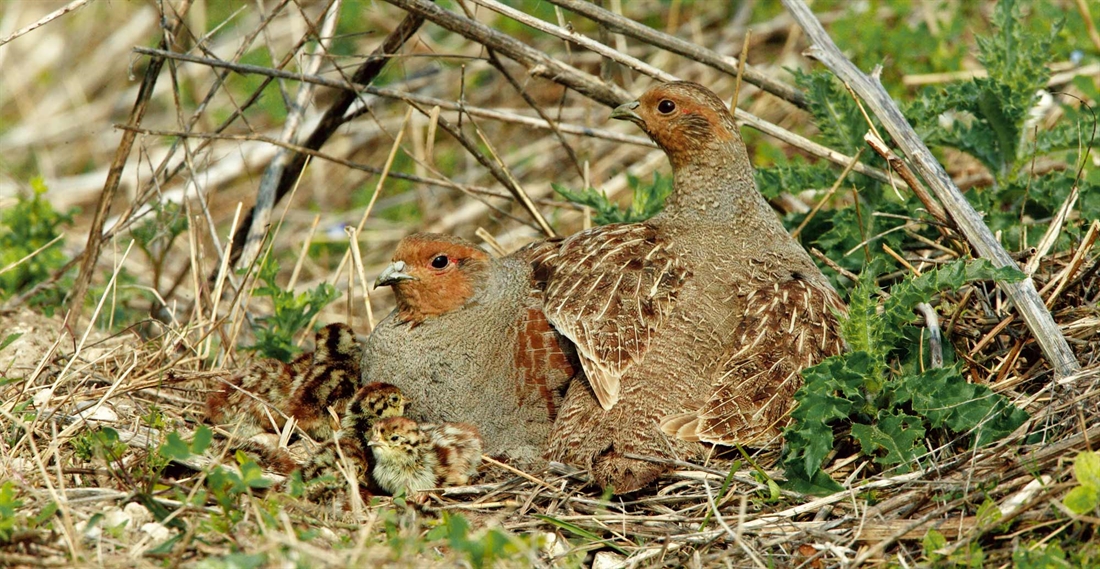
2019 was shaping up to be a bumper year for wild grey partridges. A relatively mild winter followed by a dry and warm April and May led to significant hatches of insects and rapid growth of vegetation, which meant adult birds found suitable nesting sites with relative ease. The earliest brood of wild greys I heard of was in the third week of May, but as we approached peak hatching time the weather gods wreaked havoc. The second week in June saw deluges across the east of the country with some areas of Lincolnshire seeing 8″ of rain in five days. The unremitting rain combined with daytime temperatures that didn’t get above 12°C wiped out a generation of chicks and led to the abandonment of a lot of nests that were close to hatching. For many keepers it felt as though a whole year’s hard work had been for nothing.
However, the wild grey partridge is an incredibly resilient little bird and, at the time of writing (early August), I am getting reports from around the country that whilst most of the pre-rain broods were decimated, nests that weren’t flooded or abandoned during the June monsoon produced some good broods and many of the birds that lost their first clutches nested again. Second broods are never as prolific as first broods as the hens don’t lay as many eggs second time round, but I have heard of several broods of 8–10 chicks of a week or so old during the past few days.
Given the extremes of weather that we now seem to be experiencing on a more regular basis (presumably by definition that makes them less ‘extreme’ and more ‘normal’?), what can we do to help the greys so that they produce the shootable surplus that drives many of our conservation efforts? Whilst it looks as though a few places might have a natural shootable surplus this year, many won’t, and they might well argue that fostering out broods of bantam-reared partridge poults to supplement the wild stock is the best way to guarantee some sport. For those who weren’t aware, wild greys are so keen to be parents that, should they lose their brood, they will adopt other partridge chicks that are put in their territory. Where people have a very low stock of greys or are starting out on a reintroduction project, then fostering is the most ‘natural’ method of increasing your stock.
If you don’t have any wild greys on the ground then the best advice is to follow the GWCT re-introduction guidelines – which can be found on their website – and once you have a few pairs established fostering is a recognised method to increase numbers. Eggs are hatched under bantams that will look after the partridge chicks as their own until they are 6–7 weeks old. At that point you identify any barren pairs of greys on your ground and take the poults to their territory and release them in an A-frame, ensuring that the poults are visible through the frame at ground level. Often within minutes, the adult greys will be circling the pen trying to adopt the poults. Once you have observed this connection you can go and release a few of the poults and watch the adults come and adopt them. Once you are sure they have bonded, you can release the rest of the covey.
The first 3–4 weeks of a grey partridge chick’s life in the wild are when it is at its most vulnerable, so this method takes that period out of the equation and you are guaranteeing good covey sizes by fostering broods of 6–7 week old poults.
Proponents of fostering argue that it is a very natural way to guarantee a shootable surplus and that the adult birds teach the fostered brood how to survive in the wild. To go even further you can find wild nests and harvest eggs from them to ensure the genetic integrity of the stock you are releasing back. In terms of a shooting experience, you would struggle to tell the difference between a fostered brood and one hatched and reared in the wild when they starburst over you on a windy October day. However, from talking to many of the most successful grey partridge keepers over the past 18 years, there is no doubt in my mind that continual fostering reduces productivity in the wild. Truly wild birds hatch in a nest site chosen by the adult birds for its proximity to shelter and to a source of insect food for the chicks when they hatch. Assuming that they survive to adulthood, when they pair up they will look for a similar site. Fostered birds hatch in a coup and feed on chick crumb, so even if they are from wild stock how do they know a good nest site from a poor one? Secondly, the longer a fostering programme continues the ‘softer’ the adult birds become as the percentage of birds that spent their first six weeks in a coup increases.
So, assuming we have a few pairs of greys on the ground, how can we help them in a breeding season of extreme weather without fostering? The GWCT’s four-legged stool of nesting cover, brood rearing cover, efficient predator control and winter feeding is a good start, and this is the maxim to follow whatever the weather!
Taking good predator control as read and assuming there is plenty of tussocky grass areas in which to nest, ensuring the hens are in good body condition before they start sitting increases the probability of the hen surviving through extreme weather and not abandoning the nest. Supplying wheat within each pair’s territory right through until they start to sit is very important. The provision of insect-rich ‘brood-rearing’ habitat is the next crucial leg to the stool.
A lot of time has been spent (and in my view, wasted) trying to discover which species of plants or mix of species delivers the most chick food. There are so many variables that affect insect densities in a specific crop – let alone differences in soil type, drilling dates, and establishment techniques that will affect the sward composition and height – that trying to pinpoint the perfect brood-rearing crop is futile. Most studies show that diversity and longevity are the key to building up insect numbers so well-managed floristic margins, nectar-rich crops and 2–3-year wild bird seed mixes will all help increase insect numbers. For a bumblebee-sized partridge chick, however, a thick crop of legumes or grass is virtually inaccessible and in a wet year becomes a death trap. You therefore need a less dense, diverse crop in which the chicks can forage. Most of the successful grey partridge projects are using a combination of cultivated margins, longer-term wild bird seed mixes and conservation headlands to deliver this.
A wet year also demonstrates the value of ‘drying out’ areas and, whilst mown grass strips might be great for adults to dry out after a rain event, for a small chick they are still in the grass rather than on it so they are still going to get soaked. The provision of sterile strips between margins and arable crops are not only an easy way to deliver drying out strips but they also make combining easier and prevent weed encroachment into the arable crops. They provide a good dusting area in dry periods, too.
Whilst we can provide all of the habitat and protection from predation to assist our greys, no one that I am aware of has yet managed to control the weather. So, if you are relying on a stock of wild grey partridges for your sport, then you either accept that in some years you won’t be shooting or you decide to foster and give them a helping hand, accepting that by interfering you may be reducing the hardiness of your wild stock.
Related articles
Game shooting
The Glorious Nineteenth
Rhode Island may not immediately come to mind as a prime destination for a shooting trip, but The Preserve Sporting Club and Resort is changing that perception.
By Time Well Spent
Game shooting
Lunar escape
Likened by some to shooting on the moon, Morocco’s El Koudia is full of adventure, unique experiences and an abundance of terrain that you simply won’t find elsewhere
By Time Well Spent
Get the latest news delivered direct to your door
Subscribe to Fieldsports Journal
Elevate your experience in the field with a subscription to Fieldsports Journal, the premium publication for passionate country sports enthusiasts. This bi-monthly journal delivers unparalleled coverage of game shooting, fishing and big game across the UK and beyond.
Each issue offers a stunning collection of in-depth features, expert opinions and world-class photography, all presented in a timeless yet contemporary design. By subscribing, you’ll gain access to authoritative content from plain-speaking writers who tackle complex subjects with confidence and experience.
Plus, UK subscribers enjoy exclusive benefits including £2 million Public Liability Insurance for recreational and professional use of shotguns, rifles and airguns. Whether you’re a seasoned shooter or an intrigued novice, a Fieldsports Journal subscription is your gateway to enhancing your field sports endeavors and staying connected to the country way of life.


Manage Consent
To provide the best experiences, we use technologies like cookies to store and/or access device information. Consenting to these technologies will allow us to process data such as browsing behavior or unique IDs on this site. Not consenting or withdrawing consent, may adversely affect certain features and functions.
Functional Always active
The technical storage or access is strictly necessary for the legitimate purpose of enabling the use of a specific service explicitly requested by the subscriber or user, or for the sole purpose of carrying out the transmission of a communication over an electronic communications network.
Preferences
The technical storage or access is necessary for the legitimate purpose of storing preferences that are not requested by the subscriber or user.
Statistics
The technical storage or access that is used exclusively for statistical purposes.
The technical storage or access that is used exclusively for anonymous statistical purposes. Without a subpoena, voluntary compliance on the part of your Internet Service Provider, or additional records from a third party, information stored or retrieved for this purpose alone cannot usually be used to identify you.
Marketing
The technical storage or access is required to create user profiles to send advertising, or to track the user on a website or across several websites for similar marketing purposes.

